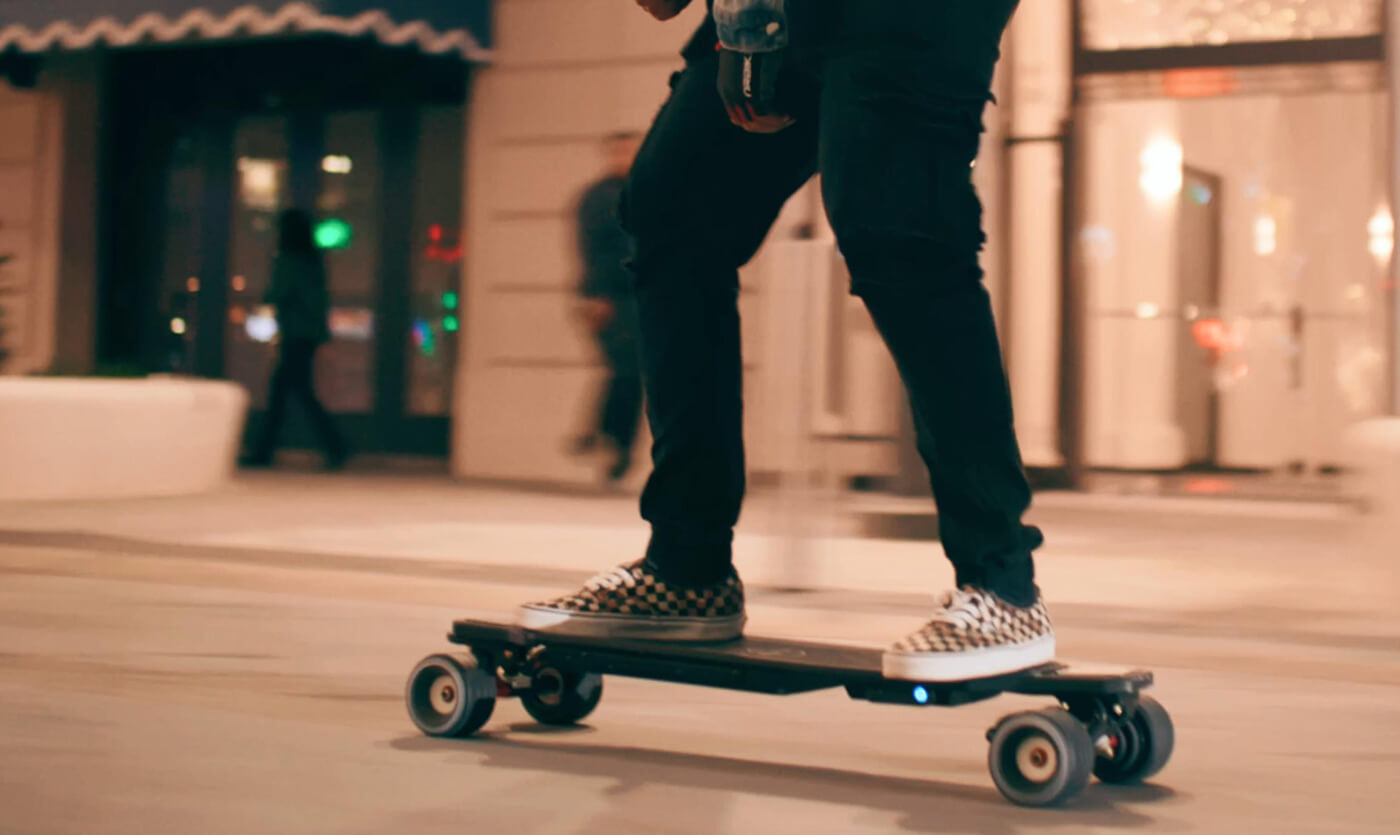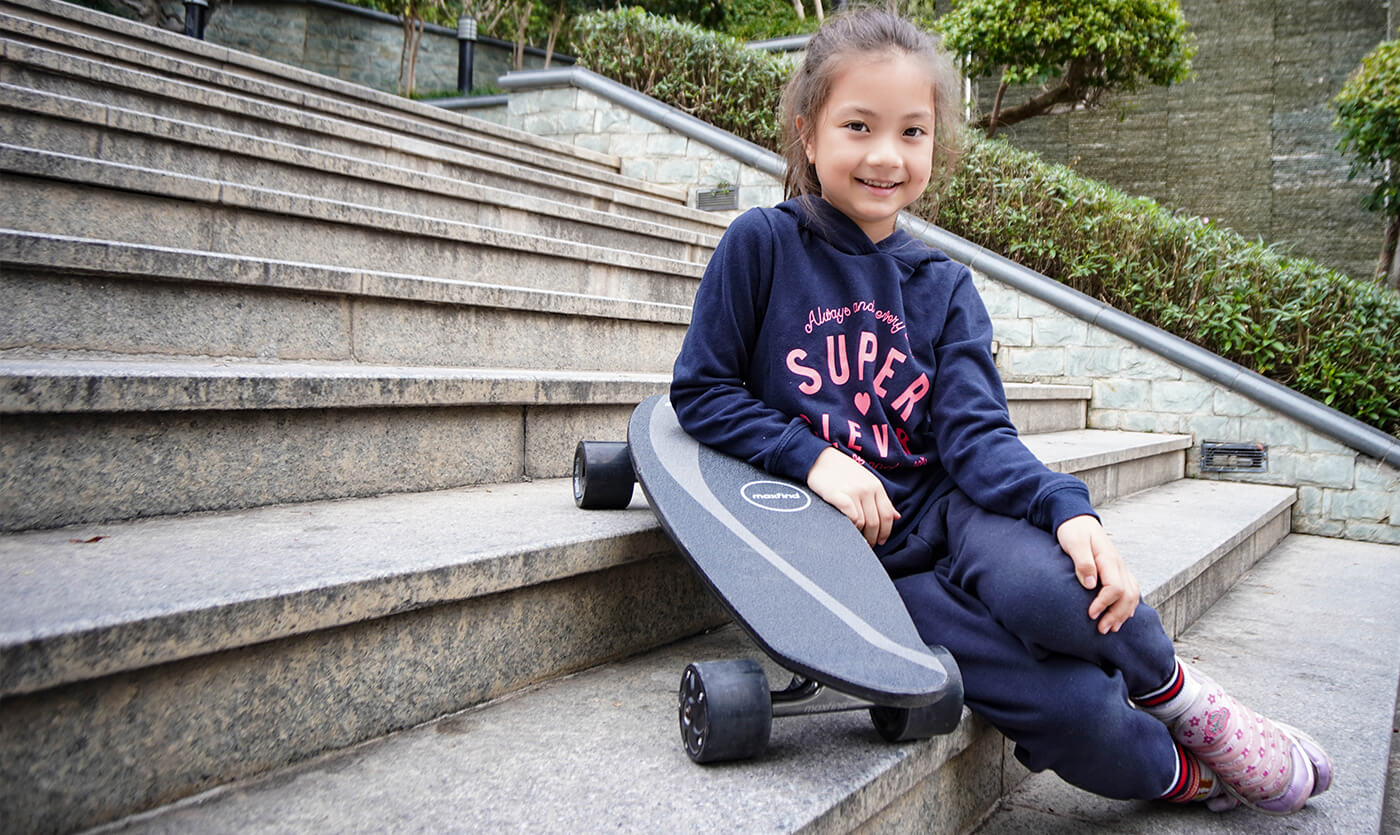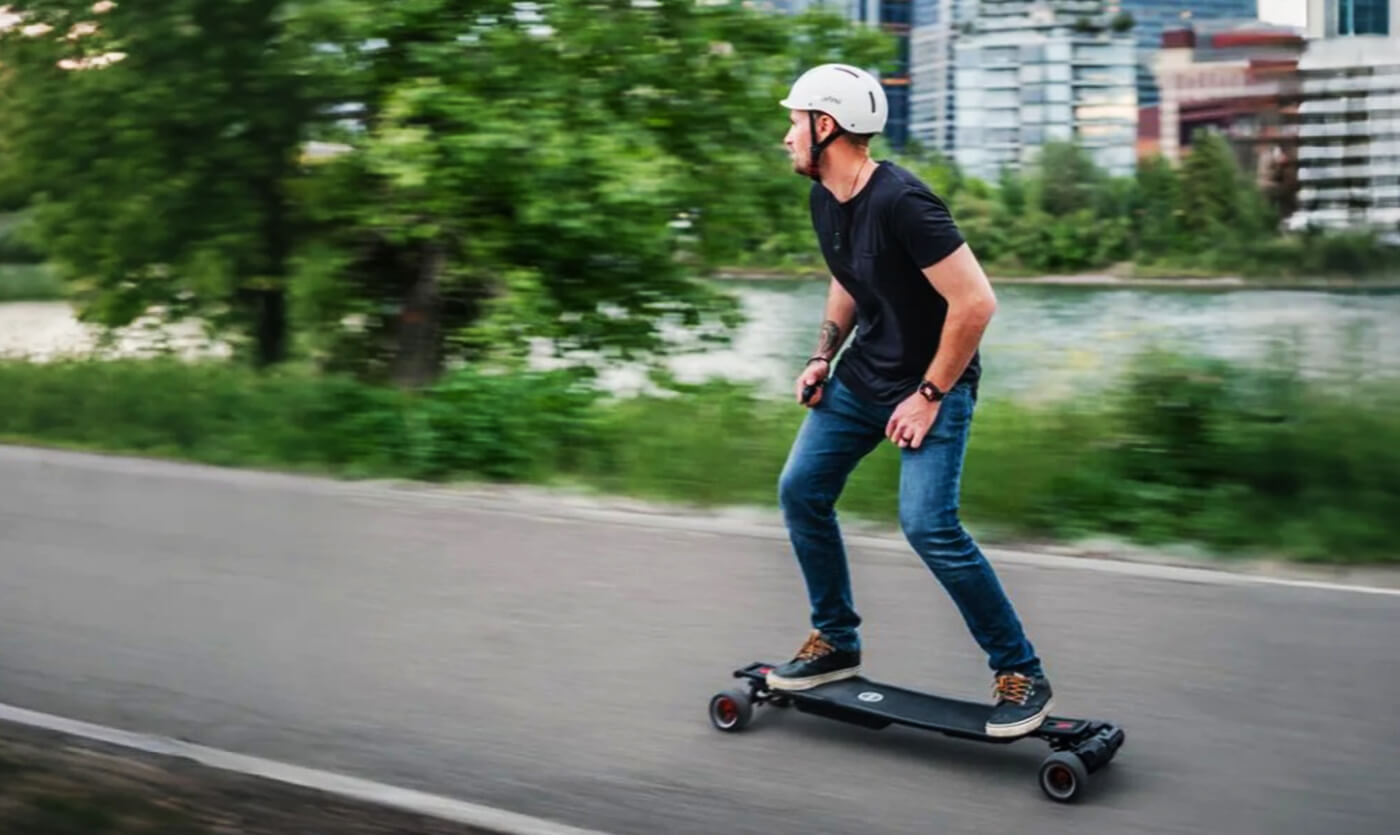This guide cuts through the jargon and endless options by showing you exactly what each part does, how to spot low-quality gear, and simple tweaks to keep your ride smooth and safe. You’ll learn step-by-step how to choose the right deck, trucks, wheels, bearings, and grip tape, plus practical tips on tuning performance and avoiding common pitfalls. Dive in, and by the end you’ll have the confidence to pick—and maintain—a skateboard that fits your style, terrain, and budget.

Understanding Skateboard Anatomy
Deck: Unique PPS Composite Material
Maxfind uses an exclusive PPS Composite deck, inspired by the flexibility of a diving board. Unlike maple or bamboo decks that can crack or rot, this material offers greater safety, elasticity, and excellent shock absorption for a smoother ride.
-
Width
-
7.5″–8.0″ for flip tricks and park skating
-
8.25″+ for cruising, ramps, and vert stability
-
Concave (the curve across the deck)
-
Low concave for long-ride comfort
-
Medium/High concave for extra foot grip during tricks
How to Choose:
-
Measure your shoe length (heel to toe) and pick a deck width within 0.25″ of that.
- Visit a skate shop or demo day and stand on different decks to feel which concave you prefer.

Trucks: Size & Tightness
Trucks connect wheels to your deck and control turning.
-
Size: Axle width should match deck width.
-
Tightness:
-
Loose for easy carving and cruising
-
Tight for stability at speed and when landing tricks
How to Tune:
-
Check the manufacturer’s “axle width” spec to match your deck.
-
Adjust the kingpin nut in small increments—tighten for stability, loosen for smoother turns.
- Replace bushings once a year or if you feel wobble.

Wheels: Diameter & Durometer
Wheels dictate roll speed, grip, and bump absorption.
-
Diameter
-
50–54 mm for street and park
-
55 mm+ for cruising, commuting, or downhill
-
Durometer (hardness)
-
99A+ (hard) for smooth concrete and slides
-
78A–87A (soft) for rough pavement and vibration dampening
How to Select:
-
Choose diameter based on where you ride most.
-
If you experience excessive vibration, switch to softer wheels.
- Watch for wheel-bite; add 1/8″ riser pads if wheels scrape the deck.

-
Bearings: Opt for sealed ABEC-rated bearings (e.g., Bones Reds).
-
Tip: Clean and lube every 4–8 weeks if you ride often.

-
Grip Tape: Ensures your feet stay planted.
-
Tip: Use a roller to apply evenly, trim edges flush, and press firmly to prevent peeling.
Avoiding Cheap, Junk Boards
Checking Materials
-
Deck: PPS composite deck. (Other deck types require toughness testing)
-
Trucks: Metal alloy with polyurethane bushings.
-
Bearings: Branded, sealed—not generic “speed” bearings.
Inspecting Brand Reputation
-
Stick to established brands (Maxfind, Hobbywing, Samsung).
-
Read reviews on skate forums and retailer sites.
-
Confirm warranty or replacement policies before you buy.
Setting a Sensible Budget
-
Entry-Level ($200–$500): Reliable completes with decent parts
-
Mid-Range ($600–$900): Customizable setups, higher-grade components
-
Pro-Grade ($1000+): Carbon decks, hollow trucks, top-tier bearings
Pro Tip: If a complete costs under $200, inspect the specs closely—it’s often toy-grade.
Related Reading: How Much is an Electric Skateboard? A Complete Pricing Guide
Fine-Tuning Performance & Stability
Matching Wheels to Terrain
-
Skateparks: 99A+ hardness, 50–54 mm diameter
-
Rough Streets: 78A–87A hardness, 55–60 mm diameter
-
Action: Replace wheels with flat spots or uneven wear.
Adjusting Truck Tightness
-
Feel wobble? Tighten the kingpin nut by a quarter-turn.
-
Want easier carving? Loosen in small steps.
-
Replace bushings when they crack or compress.
Choosing Deck Width & Stance
-
Match deck width to within 0.25″ of your shoe length.
-
Stand on your deck—your feet should hang just over the edges.
-
Narrow decks suit flip tricks; wider decks help with balance on ramps.
Maintenance & Quick Fixes
|
Problem |
Symptom |
Quick Fix |
|
Wobbly Trucks |
Board shakes at speed |
Tighten kingpin; replace old bushings |
|
Wheel Bite |
Wheels rub during turns |
Add riser pads; choose smaller wheels |
|
Slow/Rusty Bearings |
Sluggish roll |
Clean, lube, upgrade to sealed bearings |
|
Deck Delamination |
Plys separating |
Replace deck at first crack |
|
Grip Tape Peeling |
Loss of traction |
Reapply firmly; trim edges; use a roller |
Frequently Asked Questions
What Deck Width Should I Choose?
Pick within 0.25″ of your shoe length: e.g., shoe size 8–9 ≈ 7.75″ deck; size 10+ ≈ 8.0″+ deck.
How Often Should I Lube My Bearings?
If you ride daily, clean and lube every 4–8 weeks; otherwise, every 2–3 months.
How Do I Avoid Wheel-Bite?
-
Install 1/8″–1/4″ riser pads.
-
Choose wheels that fit your deck without touching it during turns.
-
Test turns; if you still rub, go down in wheel size or add more risers.
Is a Complete Board OK for Beginners?
Yes—just look for a reputable brand and a price between $600–$900 with a quality deck, metal trucks, and sealed bearings.
In Conclusion
By mastering each component, knowing the red flags, fine-tuning your setup, and performing simple maintenance, you’ll pick a skateboard that fits your style, terrain, and budget. Now grab your board and hit the pavement with confidence!
by the end you’ll have the confidence to pick—and maintain—a skateboard that fits your style, terrain, and budget. If you’re curious about motorized options, check out these electric skateboards from Maxfind for a smooth, battery-powered ride.






Share:
Are Electric Skateboards Legal in Your Area? Law Guidelines
How Safe are Electric Skateboards?